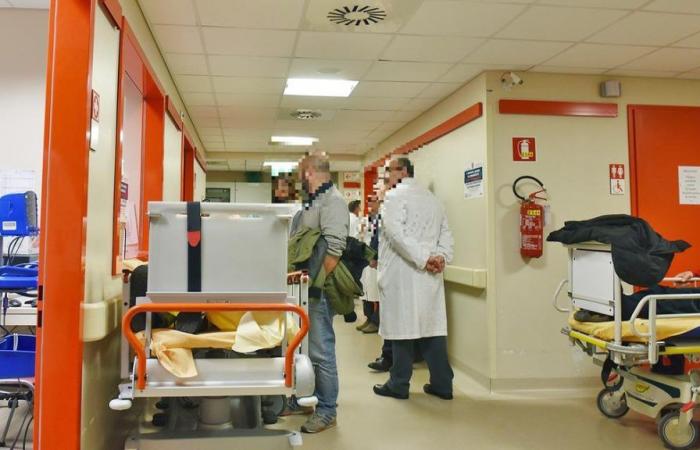Milan – Before being visited in a Lombard emergency room can take up to 12 hours, but you can wait up to two days to be hospitalized. This is what emerges from an investigation into the health service in Lombardy carried out by the trade unionists of the CISL with researchers from Bibliolaboration, their study center, polling almost 12 thousand members. On average, patients have to wait 3 and a half hours before being examined by a doctor on call, while for a free bed in the wards in case of need for hospitalization, they have to wait 8 and a half hours. In the emergency rooms of the provinces of Bergamo, Brescia, Como, Lecco, Mantua, Milan and Pavia It can take up to 12 hours to be visited, while for emergency hospitalization in the provinces of Brescia, Como, Milan, Pavia and Varese it can take up to two days.
Luckily it’s about the borderline cases, the averages are still high: 4 hours in the emergency rooms of the province of Bergamo, 3 in Brescia, 5 in Como, almost 3 in Cremona, more than 3 in Lecco, 4 in Lodi, 3 and a half hours in Mantua, 4 and a half in Milan, 5 in Pavia. The luckiest are the patients in the emergency rooms of Monza and Brianza, Sondrio and Varese, where the average wait varies from 2 to 2 and a half hours. If the opinion of those who are assisted in the emergency rooms is largely sufficient on the professionalism of the health workers, their relational skills and also the adequacy of the departments, the one on the waiting times can only be a fail.
Do not the time it takes to receive adequate care has lengthened everywherenot only in emergency rooms, at least with public health. This applies to visits, diagnostic tests, scheduled hospitalizations, home care. Those who can thus turn to professionals from private structures to do it first. However, not everyone can afford it. 6 out of 10 people give up on treatment. Almost 4 out of 10 specialist visits are provided in private practices and clinics, 2 out of 10 in affiliated facilities, while only 4 out of 10 outpatient services are provided in public facilities.
More than 65% of gynecological visits are paid for, 59% of visits to the dermatologist, 58% of orthopedic and ophthalmological visits, and 52% of cardiological visits. The maximum waiting times indicated by the different types of prescriptions are not reflected half of the time, not even for emergencies. “The data collected highlights renunciations of care due to excessively long waiting times, difficulties in accessing specialist visits, diagnostic tests and hospitalizations as well as deficiencies in integrated home care”, reports Roberta Vaia, secretary of the Cisl Lombardia region.






